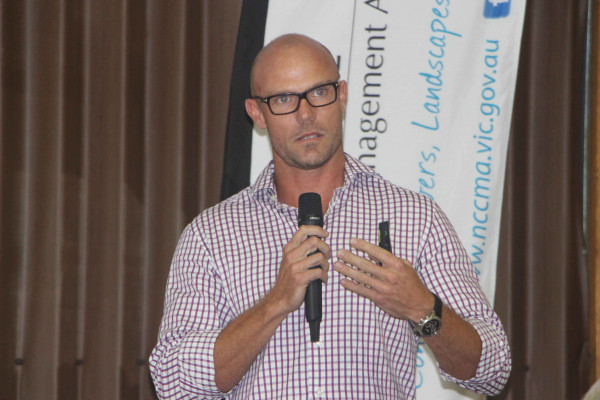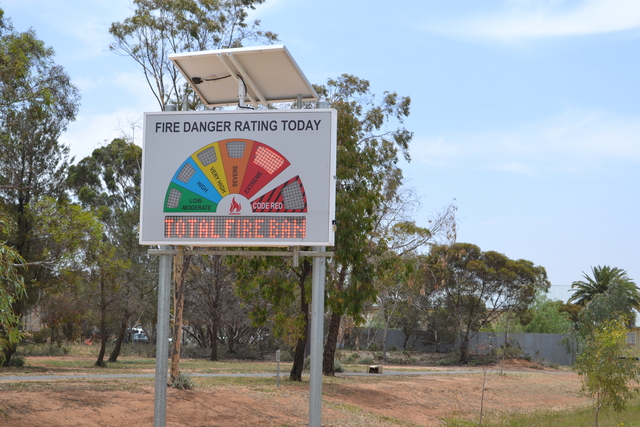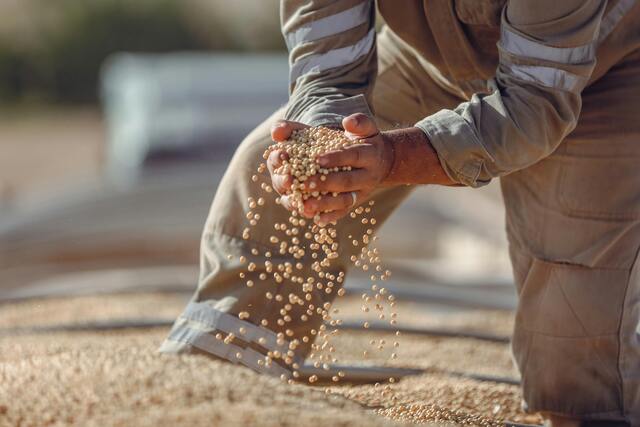RIDDING the Murray-Darling Basin of the so-called “rabbit of the river” with an imported virus would cost millions of dollars, require four legislative approvals and a subsequent stinking mess.
But, it would be worth the time and money to kill the fourth most significant vertebrate pest, carp, according to more than 150 commercial and recreational anglers, environmentalists and waterway authorities who attended a forum in Kerang last Thursday.

And, many local ‘carp busters’, Landcare and environmental groups would take a leading role in the clean-up process.
The forum, hosted by the North Central Catchment Management Authority, heard about the impact of carp on waterways and options for their management, including the herpes virus, which is finally within reach of Australia and potentially could be released as early as 2018.
European Carp make up 80 to 90 per cent of fish species in Australia’s waterways.
New South Wales Department of Primary Industries senior fisheries manager, Matt Barwick said the project cost was expected to be about $50 million – a tiny fraction of the estimated $500 million economic cost caused by carp every year.
“The cost to our economy of doing nothing is enormous. This really passes the common-sense test,” Mr Barwick said.
“It’s the most significant freshwater issue … but as an initiative it is enormous in scale and will require government, private industry and community groups to work together to be effective.”
Mr Barwick said generations before him can recall the clear water and abundance of native fish species.
Carp suck mud from the bottom of rivers to feed then spit the sediment out – leading to muddy waterways, smothering plants and native fish eggs, Mr Barwick said.
They also carry a parasite that infects native fish species and contributes to their demise.
Eight years of testing by CSIRO’s Invasive Animals Co-operative Research Centre has confirmed its effectiveness and that it will not harm other plant or animal species.
Mr Barwick estimated it would take up to 15 months for the virus’s importation, with approval needed under four separate Federal Government acts.
Applications under the Environmental Protection and Biodiversity Conservation Act, and to the Australian Pesticides and Veterinary Medicines Authority will be submitted within weeks amid public consultation across the Basin.
Applications under the Quarantine Act and Biological Control Act are under consideration.
Mr Barwick said there would be need to explored opportunities for use of carp biomass once removed from waterways, for example, by converting into fertiliser to increase crop yield, and to improve food security.
“Infected carp will show no symptoms within the first 48 hours but will be dead within three to four days,” he said.
“In colder climates it will take the fish a week to die, with the virus spreading through the skin and rotting the gills. The optimal range of temperature for viral growth in vitro is between 15 degrees and 25 degrees.”
Researcher, Ivor Stuart and fish ecologist, Clayton Sharpe presented on the native fish assemblages in the Native Fish Recovery Plan, which covers the Gunbower and Lower Loddon waterways.
“Much of the Murray-Darling Basin is now quite degraded, and so too are our fish stocks, so there are three factors impacting on native fish populations in the region; connectivity, flow and habitat,” Mr Sharpe said.
He said these problems can be fixed using existing knowledge and technology.
“We have effective fishway designs that can restore fish migration, self-cleaning screens that can prevent fish from being lost into irrigation channels and the re-introduction of snags, recreating deep holes and revegetating riverbanks.”







